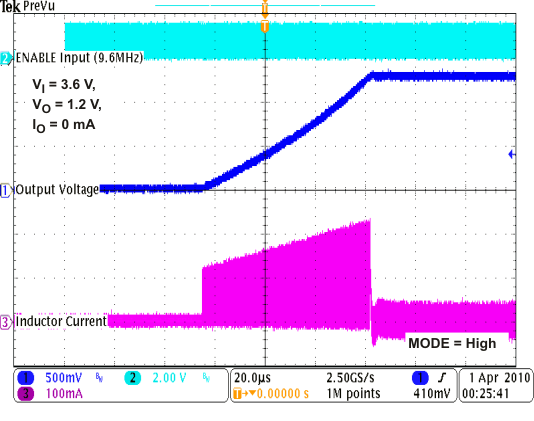SLVS952G April 2010 – January 2017 TPS62671 , TPS62672 , TPS62674 , TPS62675 , TPS626751 , TPS626765 , TPS62679
PRODUCTION DATA.
- 1 Features
- 2 Applications
- 3 Description
- 4 Simplified Schematic
- 5 Revision History
- 6 Device Comparison Table
- 7 Pin Configuration and Functions
- 8 Specifications
- 9 Parameter Measurement Information
- 10Detailed Description
- 11Application and Implementation
- 12Power Supply Recommendations
- 13Layout
- 14Device and Documentation Support
- 15Mechanical, Packaging, and Orderable Information
11 Application and Implementation
11.1 Application Information
TPS6267x are high frequency step-down converters. They can convert from a 2.3V to 4.8V input source to various fixed output voltages, providing up to 500mA. Needing a minimum amount of external components, the design procedure is easy to do and usually done by choosing input and output capacitor as well as an appropriate inductor which is described in the sections below.
11.2 Typical Applications
11.2.1 TPS6267x Point-Of-Load Supply
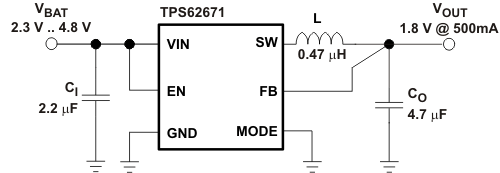 Figure 28. 1.8V/0.5A Power Supply Using TPS62671
Figure 28. 1.8V/0.5A Power Supply Using TPS62671
11.2.1.1 Design Requirements
The TPS6267x devices are optimized to work with the external components as shown in Figure 28, providing stable operation for the input voltage and load current range up to 500mA. Connecting the MODE pin to GND provides PWM/PFM operation.
11.2.1.2 Detailed Design Procedure
11.2.1.2.1 Inductor Selection
The TPS6267x series of step-down converters have been optimized to operate with an effective inductance value in the range of 0.3μH to 1.8μH and with output capacitors in the range of 2.2μF to 4.7μF. The internal compensation is optimized to operate with an output filter of L = 0.47μH and CO = 2.2μF. Larger or smaller inductor values can be used to optimize the performance of the device for specific operation conditions. For more details, see the CHECKING LOOP STABILITY section.
The inductor value affects its peak-to-peak ripple current, the PWM-to-PFM transition point, the output voltage ripple and the efficiency. The selected inductor has to be rated for its dc resistance and saturation current. The inductor ripple current (ΔIL) decreases with higher inductance and increases with higher VI or VO.

With:
fSW = switching frequency (6 MHz typical)
L = inductor value
ΔIL = peak-to-peak inductor ripple current
IL(MAX) = maximum inductor current
In high-frequency converter applications, the efficiency is essentially affected by the inductor AC resistance (i.e. quality factor) and to a smaller extent by the inductor DCR value. To achieve high efficiency operation, care should be taken in selecting inductors featuring a quality factor above 25 at the switching frequency. Increasing the inductor value produces lower RMS currents, but degrades transient response. For a given physical inductor size, increased inductance usually results in an inductor with lower saturation current.
The total losses of the coil consist of both the losses in the DC resistance, R(DC), and the following frequency-dependent components:
- The losses in the core material (magnetic hysteresis loss, especially at high switching frequencies)
- Additional losses in the conductor from the skin effect (current displacement at high frequencies)
- Magnetic field losses of the neighboring windings (proximity effect)
- Radiation losses
The following inductor series from different suppliers have been used with the TPS6267x converters.
Table 1. List of Inductors(1)
| MANUFACTURER | SERIES | DIMENSIONS (in mm) |
|---|---|---|
| MURATA | LQM21PN1R0NGR | 2.0 x 1.2 x 1.0 max. height |
| LQM21PNR47MC0 | 2.0 x 1.2 x 0.55 max. height | |
| LQM21PN1R0MC0 | 2.0 x 1.2 x 0.55 max. height | |
| LQM18PN1R5-B35 | 1.6 x 0.8 x 0.4 max. height | |
| LQM18PN1R5-A62 | 1.6 x 0.8 x 0.33 max. height | |
| PANASONIC | ELGTEAR82NA | 2.0 x 1.2 x 1.0 max. height |
| SEMCO | CIG21L1R0MNE | 2.0 x 1.2 x 1.0 max. height |
| TAIYO YUDEN | BRC1608T1R0M6, BRC1608TR50M6 | 1.6 x 0.8 x 1.0 max. height |
| CKP1608L1R5M | 1.6 x 0.8 x 0.55 max. height | |
| CKP1608U1R5M | 1.6 x 0.8 x 0.4 max. height | |
| CKP1608S1R0M, CKP1608S1R5M | 1.6 x 0.8 x 0.33 max. height | |
| NM2012NR82, NM2012N1R0 | 2.0 x 1.2 x 1.0 max. height | |
| TDK | MLP2012SR82T | 2.0 x 1.2 x 0.6 max. height |
| TOKO | MDT2012-CR1R0A | 2.0 x 1.2 x 1.0 max. height |
11.2.1.2.2 Output Capacitor Selection
The advanced fast-response voltage mode control scheme of the TPS6267x allows the use of tiny ceramic capacitors. Ceramic capacitors with low ESR values have the lowest output voltage ripple and are recommended. For best performance, the device should be operated with a minimum effective output capacitance of 0.8μF. The output capacitor requires either an X7R or X5R dielectric. Y5V and Z5U dielectric capacitors, aside from their wide variation in capacitance over temperature, become resistive at high frequencies.
At nominal load current, the device operates in PWM mode and the overall output voltage ripple is the sum of the voltage step caused by the output capacitor ESL and the ripple current flowing through the output capacitor impedance.
At light loads, the output capacitor limits the output ripple voltage and provides holdup during large load transitions. A 2.2μF or 4.7μF ceramic capacitor typically provides sufficient bulk capacitance to stabilize the output during large load transitions. The typical output voltage ripple is 1% of the nominal output voltage VO.
For best operation (i.e. optimum efficiency over the entire load current range, proper PFM/PWM auto transition), the TPS6267x requires a minimum output ripple voltage in PFM mode. The typical output voltage ripple is ca. 1% of the nominal output voltage VO. The PFM pulses are time controlled resulting in a PFM output voltage ripple and PFM frequency that depends (first order) on the capacitance seen at the converter's output.
11.2.1.2.3 Input Capacitor Selection
Because of the nature of the buck converter having a pulsating input current, a low ESR input capacitor is required to prevent large voltage transients that can cause misbehavior of the device or interferences with other circuits in the system. For most applications, a 1 or 2.2-μF capacitor is sufficient. If the application exhibits a noisy or erratic switching frequency, the remedy will probably be found by experimenting with the value of the input capacitor.
Take care when using only ceramic input capacitors. When a ceramic capacitor is used at the input and the power is being supplied through long wires, such as from a wall adapter, a load step at the output can induce ringing at the VIN pin. This ringing can couple to the output and be mistaken as loop instability or could even damage the part. Additional "bulk" capacitance (electrolytic or tantalum) should in this circumstance be placed between CI and the power source lead to reduce ringing than can occur between the inductance of the power source leads and CI.
11.2.1.2.4 Checking Loop Stability
The first step of circuit and stability evaluation is to look from a steady-state perspective at the following signals:
- Switching node, SW
- Inductor current, IL
- Output ripple voltage, VO(AC)
These are the basic signals that need to be measured when evaluating a switching converter. When the switching waveform shows large duty cycle jitter or the output voltage or inductor current shows oscillations, the regulation loop may be unstable. This is often a result of board layout and/or L-C combination.
As a next step in the evaluation of the regulation loop, the load transient response is tested. The time between the application of the load transient and the turn on of the P-channel MOSFET, the output capacitor must supply all of the current required by the load. VO immediately shifts by an amount equal to ΔI(LOAD) x ESR, where ESR is the effective series resistance of CO. ΔI(LOAD) begins to charge or discharge CO generating a feedback error signal used by the regulator to return VO to its steady-state value. The results are most easily interpreted when the device operates in PWM mode.
During this recovery time, VO can be monitored for settling time, overshoot or ringing that helps judge the converter’s stability. Without any ringing, the loop has usually more than 45° of phase margin.
Because the damping factor of the circuitry is directly related to several resistive parameters (e.g., MOSFET rDS(on)) that are temperature dependant, the loop stability analysis has to be done over the input voltage range, load current range, and temperature range.
11.2.1.3 Application Curves
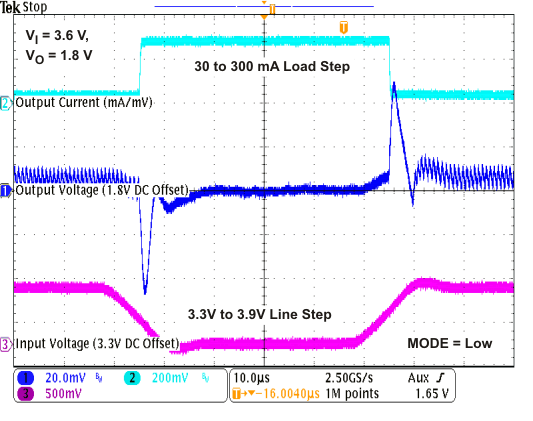 Figure 29. Combined Line/Load Transient Response
Figure 29. Combined Line/Load Transient Response
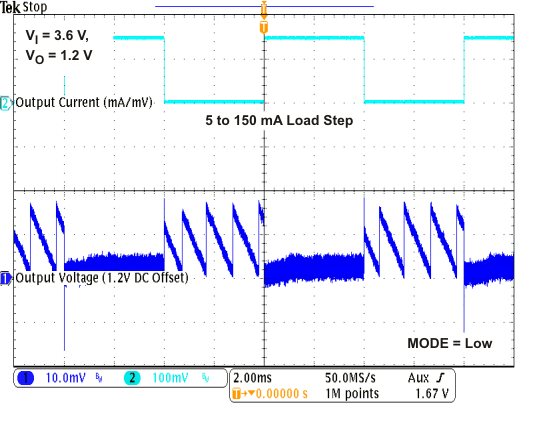 Figure 31. Load Transient Response in PFM/PWM Operation
Figure 31. Load Transient Response in PFM/PWM Operation
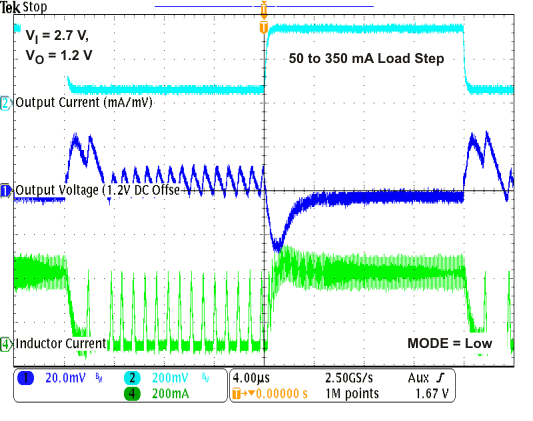 Figure 33. Load Transient Response in PFM/PWM Operation
Figure 33. Load Transient Response in PFM/PWM Operation
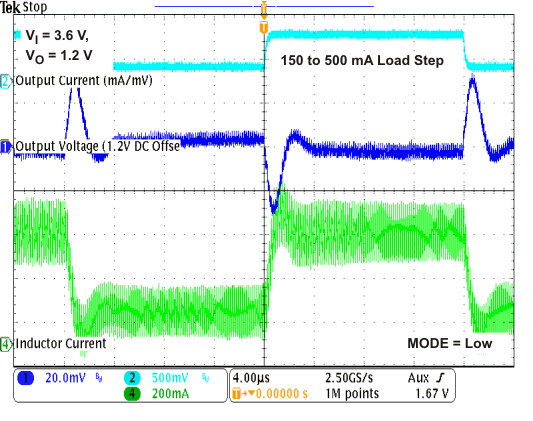 Figure 35. Load Transient Response in PWM/PWM Operation
Figure 35. Load Transient Response in PWM/PWM Operation
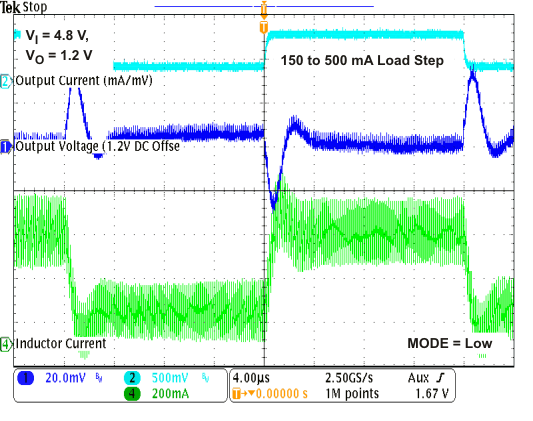 Figure 37. Load Transient Response in PWM/PWM Operation
Figure 37. Load Transient Response in PWM/PWM Operation
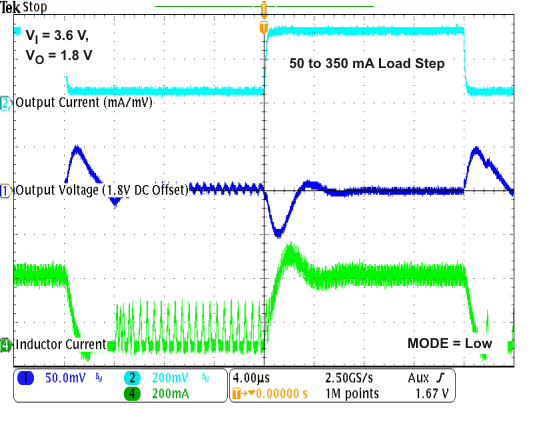 Figure 39. Load Transient Response in PFM/PWM Operation
Figure 39. Load Transient Response in PFM/PWM Operation
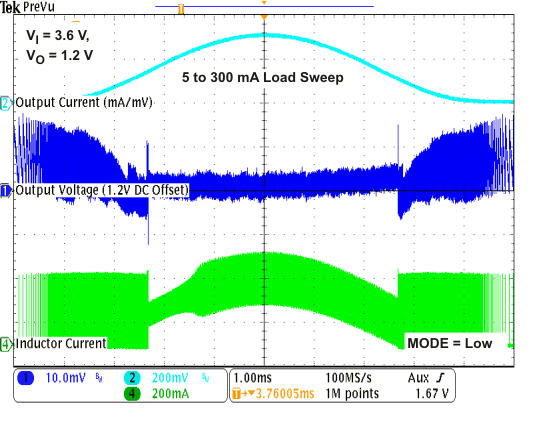 Figure 41. AC Load Transient Response
Figure 41. AC Load Transient Response
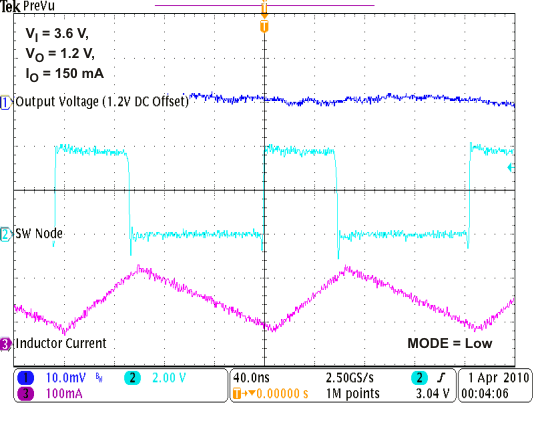 Figure 43. Typical PWM Mode Operation
Figure 43. Typical PWM Mode Operation
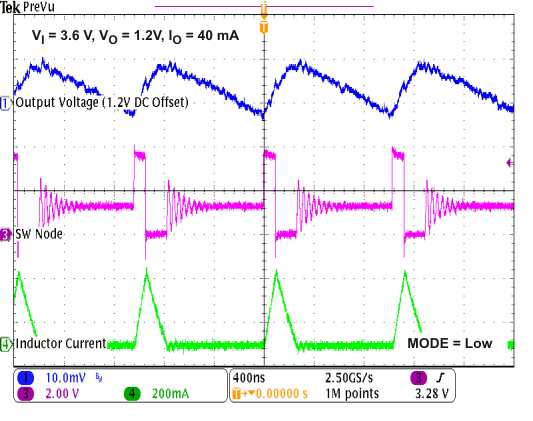 Figure 45. Typical Power Save Mode Operation
Figure 45. Typical Power Save Mode Operation
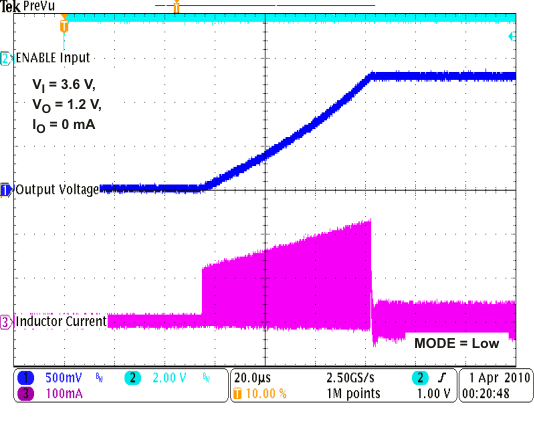 Figure 47. Start-Up
Figure 47. Start-Up
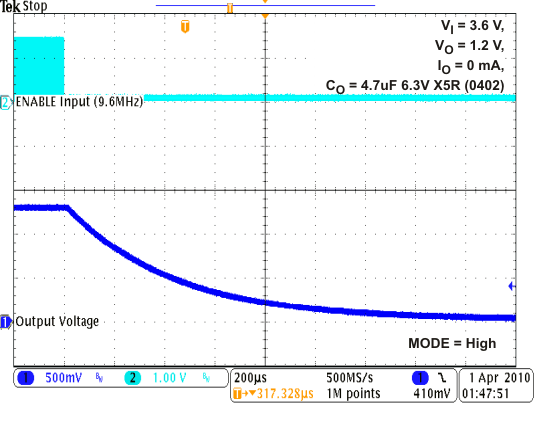 Figure 49. Shut-Down (RF Clock)
Figure 49. Shut-Down (RF Clock)
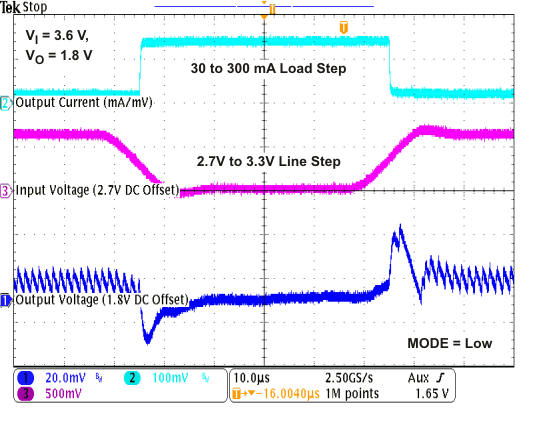 Figure 30. Combined Line/Load Transient Response
Figure 30. Combined Line/Load Transient Response
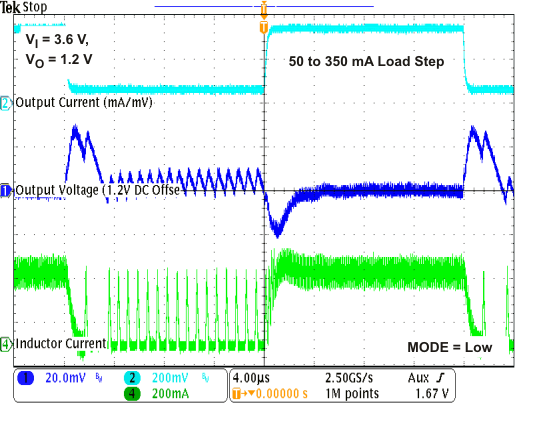 Figure 32. Load Transient Response in PFM/PWM Operation
Figure 32. Load Transient Response in PFM/PWM Operation
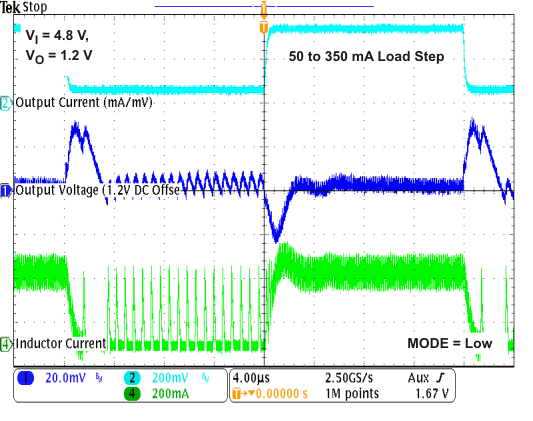 Figure 34. Load Transient Response in PFM/PWM Operation
Figure 34. Load Transient Response in PFM/PWM Operation
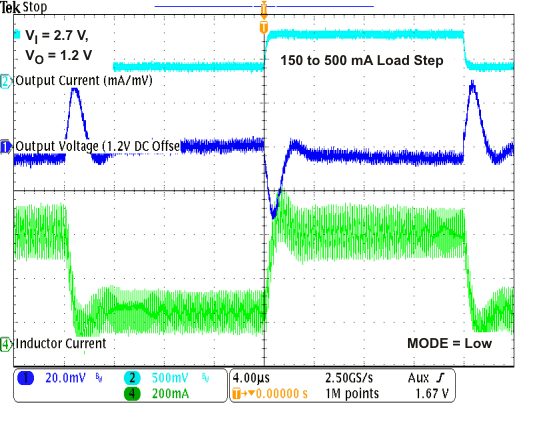 Figure 36. Load Transient Response in PWM/PWM Operation
Figure 36. Load Transient Response in PWM/PWM Operation
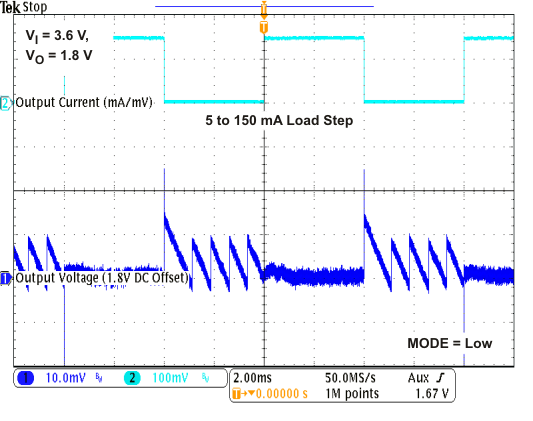 Figure 38. Load Transient Response in PFM/PWM Operation
Figure 38. Load Transient Response in PFM/PWM Operation
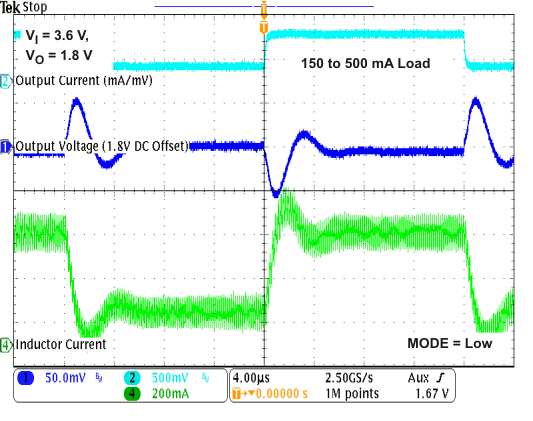 Figure 40. Load Transient Response in PWM/PWM Operation
Figure 40. Load Transient Response in PWM/PWM Operation
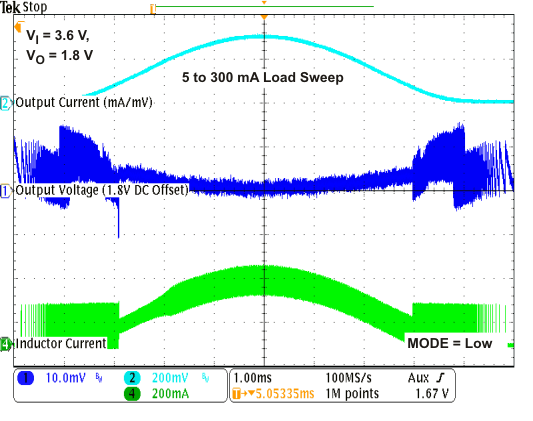 Figure 42. AC Load Transient Response
Figure 42. AC Load Transient Response
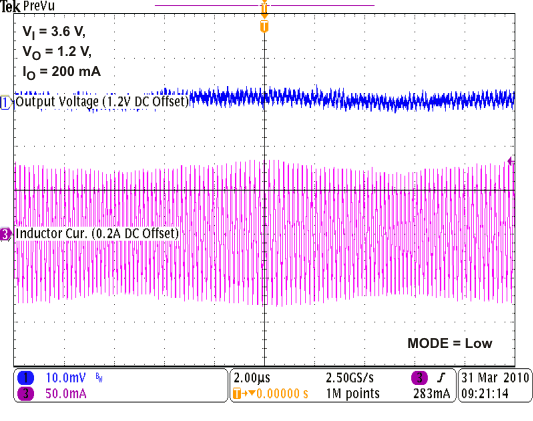 Figure 44. PWM Mode Operation - SSFM Modulation
Figure 44. PWM Mode Operation - SSFM Modulation
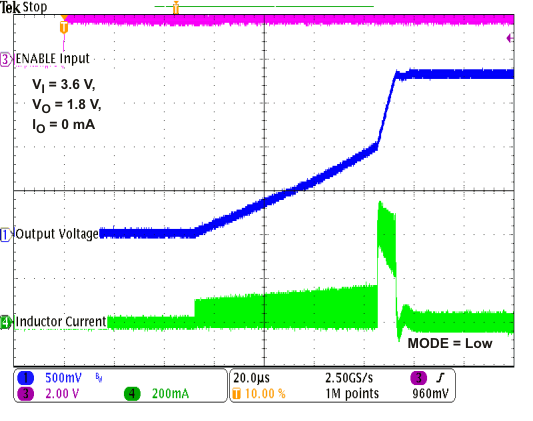 Figure 46. Start-Up
Figure 46. Start-Up
11.2.2 1.26V CMOS Sensor Embedded Power Solution — Featuring Sub 0.4mm Profile
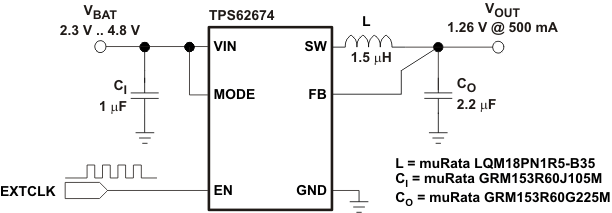 Figure 50. 1.26V CMOS Sensor Embedded Power Solution — Featuring Sub 0.4mm Profile
Figure 50. 1.26V CMOS Sensor Embedded Power Solution — Featuring Sub 0.4mm Profile
11.2.2.1 Design Requirements
A CMOS sensor power supply providing a voltage of 1.26V is needed. The profile height mustn't exceed 0.4mm and the device is enabled/switched off by external clock signal.
11.2.2.2 Detailed Design Procedure
See previous Detailed Design Procedure. To provide 1.26V, the TPS62674 or TPS62679 can be used. The inductor can be chosen from Table 1, selecting low profile device. Startup and shut down sequence with external clock are shown below.
11.2.2.3 Application Curves
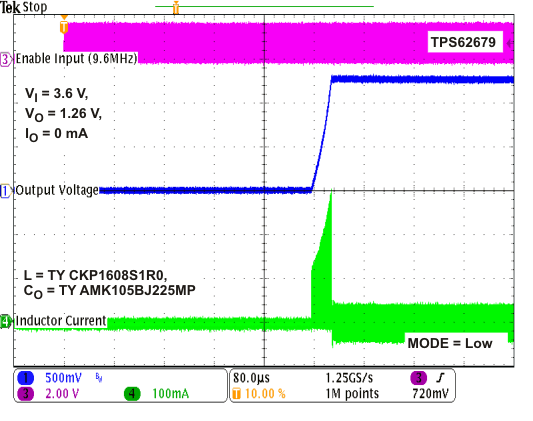 Figure 51. Start-Up (RF Clock)
Figure 51. Start-Up (RF Clock)
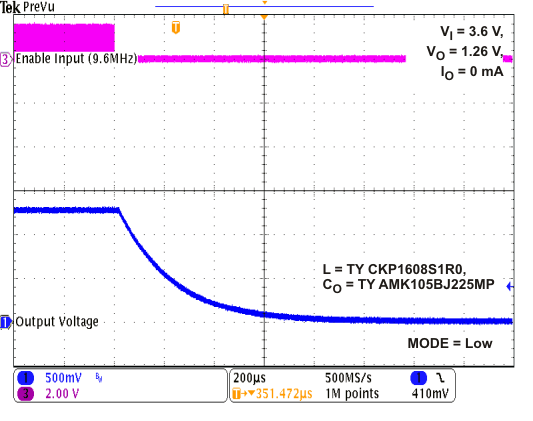 Figure 52. Shut-Down (RF Clock)
Figure 52. Shut-Down (RF Clock)
